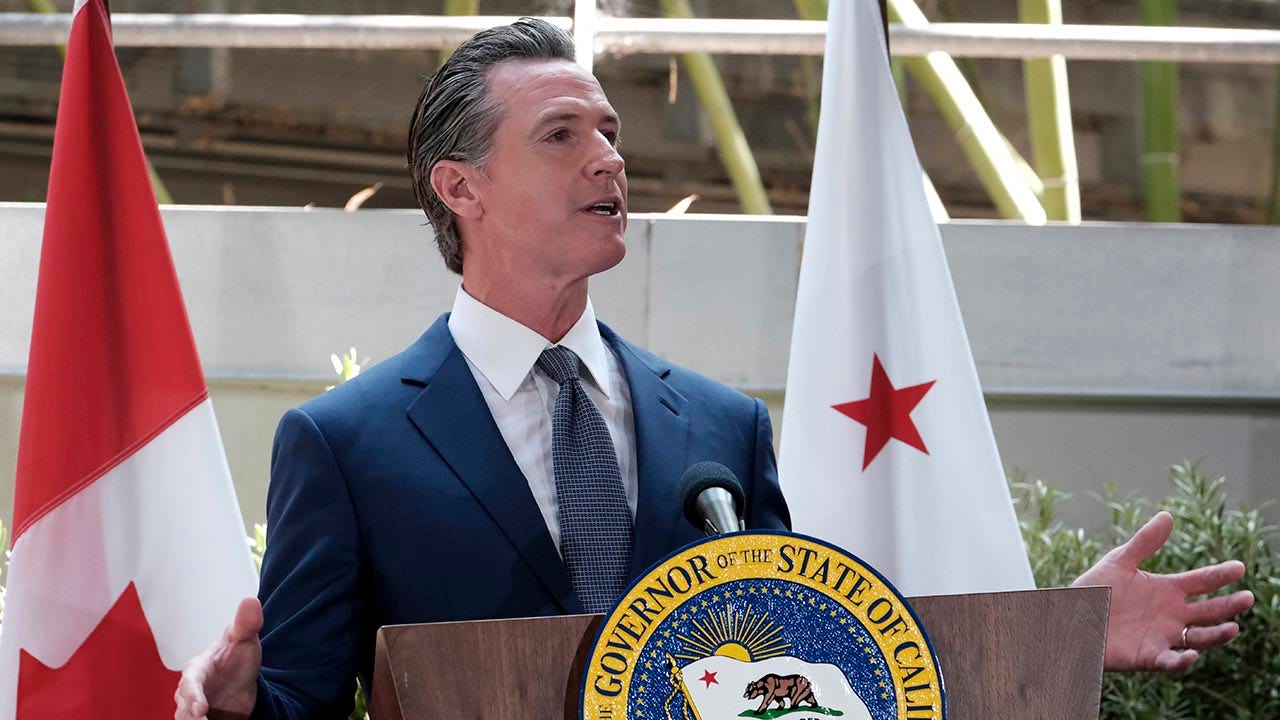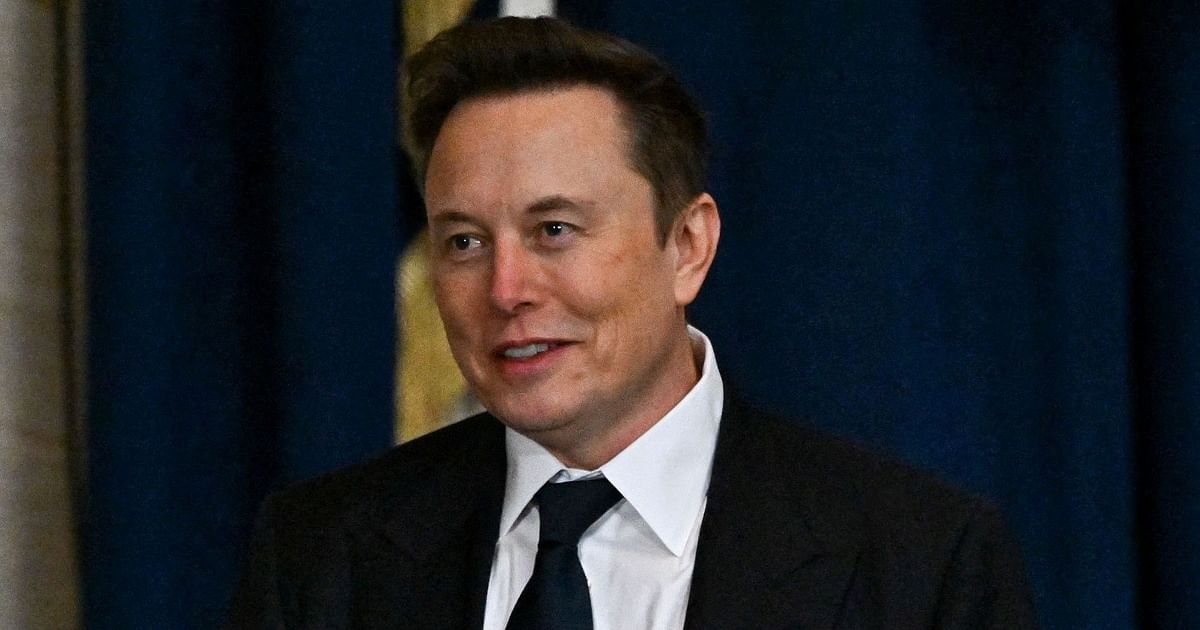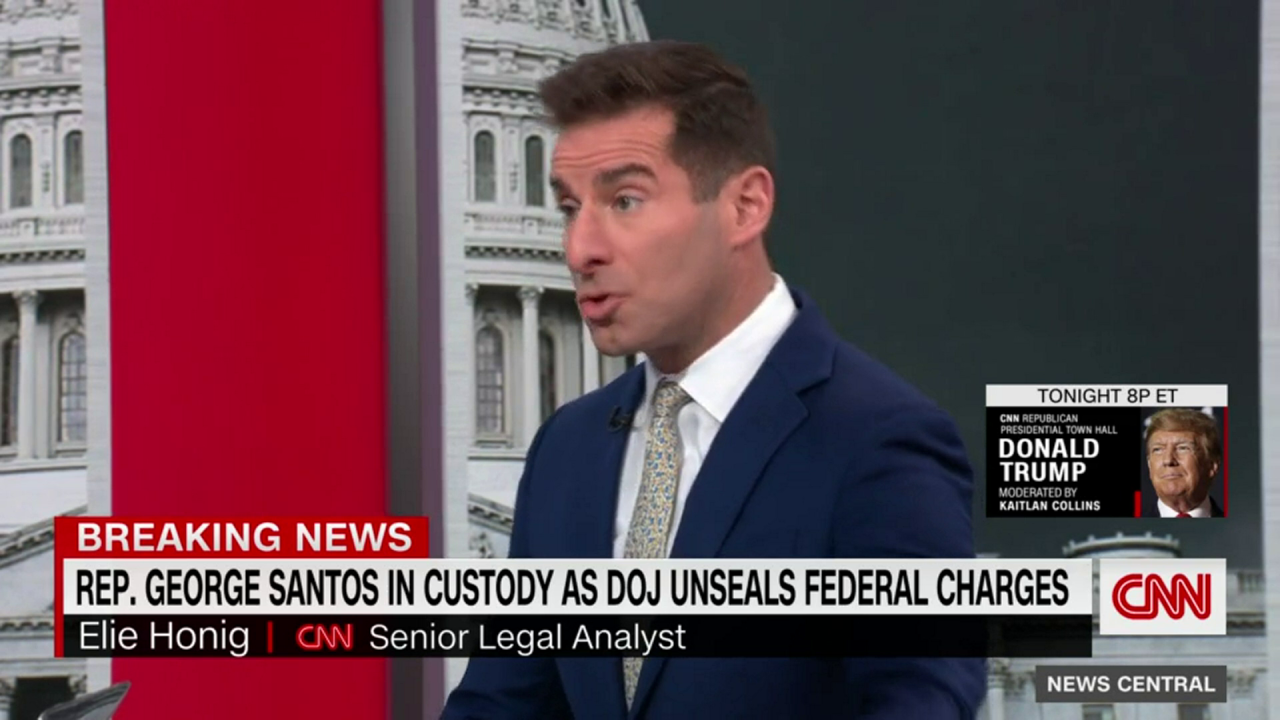Analyzing The Rhetoric Surrounding Gavin Newsom's Policies

Table of Contents
Newsom's Communication Style and its Effectiveness
Newsom's communication strategy is a key element in understanding the public reception of his policies. His approach blends direct address with populist appeals, leveraging various communication channels to reach California's diverse population.
Direct Address and Populism
Newsom frequently employs direct communication, utilizing social media platforms like Twitter and Instagram to engage directly with voters. He also makes extensive use of public appearances, town halls, and press conferences to connect with Californians on a personal level.
- Successful Appeals: Newsom's use of social media during the COVID-19 pandemic, offering updates and reassurances, was largely effective. His appearances at wildfire-stricken areas demonstrated empathy and leadership.
- Unsuccessful Appeals: Some critics argue that his communication can be overly self-promotional, detracting from the substance of his policies. The handling of certain crises, like the early stages of the pandemic, faced criticism for a perceived lack of clarity.
- Social Media Influence: Newsom leverages social media for both policy announcements and image building, carefully crafting his online persona. The effectiveness of this strategy is a subject of ongoing debate amongst political analysts.
- Public Image and Persona: Newsom cultivates a progressive, yet pragmatic image, aiming to appeal to a broad range of voters. However, this strategy isn't without its detractors, who see it as inauthentic or opportunistic. His public image plays a significant role in shaping public perception of his policies.
Framing of Policies and Messaging
The way Newsom frames his policies significantly influences public opinion. He often presents his initiatives as investments in California's future, emphasizing long-term benefits.
- Policy Framing Examples: His environmental policies are often framed as crucial steps towards a sustainable future, emphasizing job creation and economic opportunities within the green sector. Economic policies are often presented as benefiting working families and small businesses.
- Language in Official Communications: Official communications utilize positive and aspirational language, focusing on the positive outcomes of his policies. This is often contrasted with the negative framing employed by his opponents.
- Messaging Across Platforms: Newsom tailors his messaging to different audiences and platforms. His Twitter feed might be more informal, while official press releases maintain a formal tone. This targeted approach is integral to his overall communication strategy.
Analysis of Key Policy Areas and Associated Rhetoric
Newsom's policy agenda is extensive and includes significant initiatives in environmental protection, economic development, and healthcare reform. The rhetoric surrounding each area shapes public opinion and political debate.
Environmental Policies
Newsom has made ambitious commitments to combat climate change, setting aggressive targets for renewable energy and emission reductions.
- Specific Examples: The California Climate Commitment, focusing on carbon neutrality, is a key example. Regulations on vehicle emissions and investments in renewable energy infrastructure are also central to his environmental agenda.
- Arguments For and Against: Supporters highlight the urgency of climate action and the economic benefits of a green economy. Opponents raise concerns about economic impacts on specific industries and the feasibility of achieving the stated goals.
- Public Perception and Media Coverage: Media coverage varies significantly, reflecting diverse viewpoints on the efficacy and economic implications of Newsom's environmental policies.
Economic Policies
Newsom's economic policies aim to balance fiscal responsibility with social programs. This has led to ongoing debates surrounding taxation and budget allocation.
- Examples: Budget proposals allocating funds to education, infrastructure, and social services are key examples. Tax policies aimed at addressing income inequality also draw significant attention.
- Arguments Supporting and Opposing: Supporters emphasize the need for investment in public services and social programs. Critics often express concern about the impact of taxes on businesses and economic growth.
- Impact and Public Perception: The impact of Newsom’s economic policies is a subject of ongoing analysis and debate, with differing interpretations of their effectiveness and long-term consequences.
Healthcare Policies
Newsom's healthcare initiatives aim to expand access to affordable healthcare.
- Examples: Expanding Medicaid coverage and implementing regulations to control healthcare costs are central components.
- Arguments For and Against: Supporters highlight the importance of universal healthcare access. Opponents express concerns about cost and potential impacts on the healthcare system.
- Impact and Public Perception: The effectiveness and overall impact of Newsom's healthcare policies are subjects of ongoing evaluation.
Opposition and Counter-Narratives
Newsom faces significant opposition, and counter-narratives play a crucial role in shaping public discourse.
- Key Opposition Groups: Republican Party figures, business organizations, and conservative media outlets frequently criticize Newsom's policies.
- Communication Strategies and Messaging: Opposition groups often frame Newsom's policies as costly, ineffective, or detrimental to specific interests. They employ a range of communication strategies, including social media campaigns, targeted advertising, and media appearances.
- Impact of Counter-Narratives: These counter-narratives significantly influence public opinion, fueling debates and shaping the political landscape. The effectiveness of these counter-narratives varies depending on the specific issue and the target audience.
Conclusion
This analysis reveals the complex interplay between policy and rhetoric in shaping public perception of Gavin Newsom's governance. Understanding the strategic communication employed by Newsom and his opponents provides crucial context for evaluating the impact of his policies on California. Further research could explore the long-term effects of this rhetoric and its influence on future political discourse. To delve deeper into the nuances of Gavin Newsom's Policies and their associated rhetoric, further investigation into specific policy areas and their impact on various demographics is recommended.

Featured Posts
-
 Velikonoce 2024 Tipy Jak Se Vyrovnat Se Zdrazovanim A Predchazet Rodinnym Konfliktum
Apr 26, 2025
Velikonoce 2024 Tipy Jak Se Vyrovnat Se Zdrazovanim A Predchazet Rodinnym Konfliktum
Apr 26, 2025 -
 Invest With The Elite Access To Stakes In Elon Musks Private Companies
Apr 26, 2025
Invest With The Elite Access To Stakes In Elon Musks Private Companies
Apr 26, 2025 -
 George Santos Facing 7 Year Sentence Recommendation From Justice Department
Apr 26, 2025
George Santos Facing 7 Year Sentence Recommendation From Justice Department
Apr 26, 2025 -
 Ukraine And Nato Trumps Assessment And Its Geopolitical Ramifications
Apr 26, 2025
Ukraine And Nato Trumps Assessment And Its Geopolitical Ramifications
Apr 26, 2025 -
 Nyt Spelling Bee Help Complete Guide To Solving Puzzle 387 March 25th
Apr 26, 2025
Nyt Spelling Bee Help Complete Guide To Solving Puzzle 387 March 25th
Apr 26, 2025
